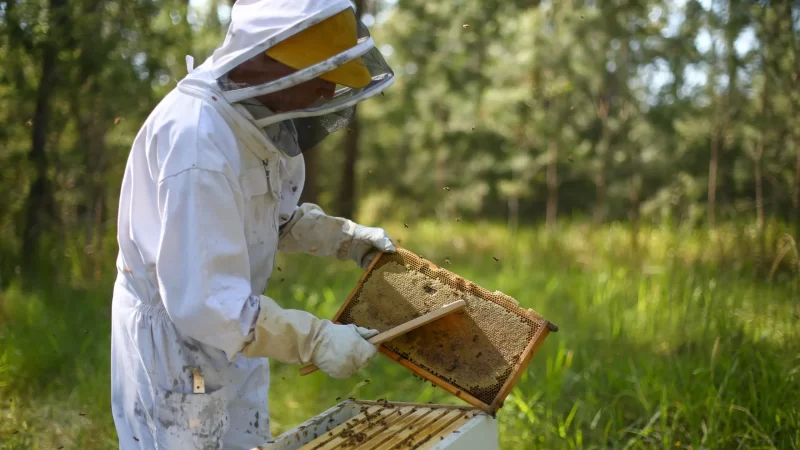The Two Faces of French Wine Country: Bordeaux Grandeur vs. Pécharmant Soul
To travel through French wine country is to embark on a journey into the heart of a culture where the vine is not just an agricultural product, but a way of life. It’s a lifestyle built on the rhythm of the seasons, the joy of the table, and the art of slow living. Yet, within this world, two neighboring regions—the global titan of Bordeaux and the hidden gem of Pécharmant—offer profoundly different, yet equally captivating, travel experiences. One is a grand opera; the other, an intimate chamber concert. Choosing between them is a matter of what kind of art de vivre you seek.
Bordeaux: The Grand Spectacle
Arriving in Bordeaux is stepping onto a stage set for wine royalty. The city itself, a UNESCO World Heritage site, is a breathtaking tableau of 18th-century golden stone architecture. The Place de la Bourse mirrors itself in the Miroir d’Eau, and the grand avenues speak of a history built on the wine trade. The lifestyle here is one of polished elegance and global prestige.
The Château Experience:
A wine tour in Bordeaux is often a formal affair. Visiting a classified growth in the Médoc or a storied estate in Saint-Émilion is a bucket-list event. Tours are precise, educational, and conducted in immaculate, state-of-the-art cellars. You taste wines that are benchmarks for the world, understanding their place in a hierarchy that stretches back centuries. It’s a lifestyle of appreciating legacy, scale, and the pinnacle of viticultural science.
The Gastronomic Stage:
Dining in Bordeaux is an event. This is the land of Michelin stars, of chefs who are celebrities in their own right. The pairing of a perfectly aged Pauillac with a dish of line-caught sea bass in a delicate beurre blanc is a symphony of refined flavors. The lifestyle is one of reservation-led dinners, sommelier consultations, and celebrating the heights of French haute cuisine.
The Rhythm of the Right Bank:
3In regions like Pomerol and Saint-Émilion, the scale feels more human, but the prestige is no less. Wandering the steep, cobbled streets of Saint-Émilion village, a glass of wine in hand as you look out over the vineyards, encapsulates a romantic, storybook version of the wine life. It’s still grand, but with a touch more medieval charm.
Pécharmant: The Rustic Intimacy
A mere two-hour drive east, the atmosphere shifts. You’ve entered the Dordogne département and the Bergerac wine region. The air feels warmer, the pace slower. The city of Bergerac is charming, with its half-timbered houses and a quiet, navigable old town centered around a statue of its fictional native son, Cyrano. This is the gateway to Pécharmant, a lifestyle defined not by grandeur, but by genuine connection.
The Domaine Experience:
Here, you don’t visit a château; you are welcomed at a domaine. You are more likely to be greeted by the owner, their hands still dusty from the vineyard, than a hired guide. The tour might be an informal walk through the vines, explaining the unique “alios” ironpan subsoil that gives Pécharmant its powerful character. The tasting happens at a simple table in the cellar, and it often includes older vintages pulled from the family’s personal library. The conversation is about the family, the challenges of the last harvest, and a genuine passion for their craft. This is a lifestyle of authenticity, where you don’t just taste wine, you feel the soul behind it.
The Heart of the Table:
Dining in Pécharmant country is a celebration of the terroir. This is the land of the ferme-auberge (farm inn), where you eat what the land provides. The quintessential meal is a confit de canard or a magret de canard, its rich fat perfectly cut by a glass of local Pécharmant. Meals are long, convivial, and often enjoyed outdoors under the shade of a lime tree. The cheese board features local Cabécou, and the strawberries from nearby Périgord are the stuff of legend. This is not haute cuisine; it is cuisine de terroir—heartfelt, generous, and deeply satisfying.
The Art of Slow Living:
The Pécharmant lifestyle is one of integration. A morning spent tasting at two or three domaines is followed by an afternoon canoeing on the Dordogne River, floating past castles perched on cliffs. There’s time to visit the prehistoric caves of Lascaux or wander the medieval market in Sarlat. The wine is not a separate, exalted activity; it is a thread woven into the fabric of a relaxed, culturally rich day.

Choosing Your Journey: A Side-by-Side Guide
Your choice between these two regions will define your entire trip. Here’s how they compare across key aspects of the travel lifestyle:
Table 1: The Travel Lifestyle Compared
| Aspect of Travel | The Bordeaux Lifestyle | The Pécharmant Lifestyle |
| Accommodation | Luxury château hotels, 5-star city boutiques. | Charming B&Bs (chambres d’hôtes), rural gîtes, small manor houses. |
| Dining | Michelin-starred temples of gastronomy, formal wine-pairing menus. | Rustic fermes-auberges, bustling village markets, picnic-friendly. |
| Wine Tasting | By appointment, structured, educational, often with a fee. | Often drop-in friendly, personal & informal, fee frequently waived with purchase. |
| Pace & Vibe | Polished, ambitious (trying to fit in multiple sub-regions). | Slow, meandering, deeply relaxed. |
| Beyond the Vines | Architecture, high-end shopping, the Bassin des Lumières, Atlantic Coast. | Canoeing, prehistoric sites, medieval villages, truffle markets. |
| Metaphor | Attending a grand opera at the Palais Garnier. | A private folk concert in a friend’s sun-drenched garden. |
The Ultimate Fusion: A Two-Stop Itinerary
For the traveler with time, the ultimate expression of the French wine lifestyle is to experience the best French red wine. Start in Bordeaux for two days. Immerse yourself in the grandeur. Take a formal tour of a Margaux château, dine in a celebrated restaurant, and feel the pulse of the global wine trade.
Then, rent a car and drive east. As the landscape softens and the signs for Bergerac appear, feel the pace slow. Settle into a chambre d’hôte surrounded by vines. Spend your days casually visiting Pécharmant domaines, where the winemaker might just join you for a glass. Spend your afternoons exploring castles and your evenings enjoying a simple, perfect meal.
This two-stop journey allows you to appreciate the full spectrum of France’s wine culture: the breathtaking achievement of its most famous region and the heartfelt, soulful authenticity of its hidden treasures. You come to understand that the true art de vivre isn’t about choosing between grandeur and soul, but about finding the beautiful, delicious balance between them.






